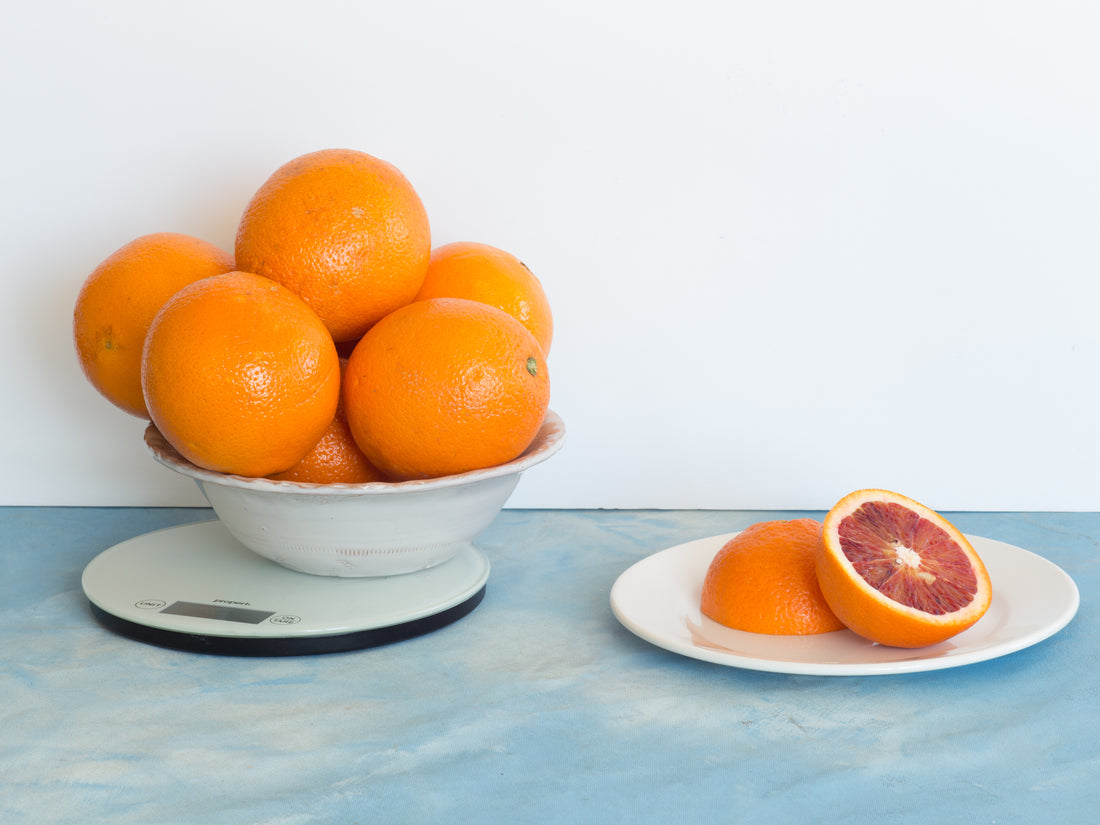In today’s world of air and sea freighted fruit and vegetables, it’s very easy to lose touch with what produce is in season. A hurried consumer today might think they are picking up local stonefruit and is disappointed with its texture and flavour, not realising it was picked weeks, if not months before and transported across the seas. That consumer might not pick up a peach or nectarine when its actually the Australian season based on this disappointment with the imported product. This is a real phenomenon occurring today in supermarkets and grocers all around our country.
The problem for consumers is that it’s literally hard to know what’s fresh and in season, and what has been imported or warehoused for months at a time.
That’s where truly seasonal produce comes in. It’s produce that is not available all year around and often not able to be imported or stored for long periods of time. The arrival of truly seasonal produce is usually heralded by retailers and devotees of the produce. When consumers learn to spot truly seasonal produce, the many benefits begin to flow including:
- Better tasting fruit – seasonal produce is fresher and tastes better than imported product which is often picked to maximise shelf life, not flavour;
- Cheaper – storage and transport costs increase the cost of non-seasonal produce;
- Fresher and higher nutritional value – the longer produce is stored the lower the nutrients;
- Avoids overseas production methods and chemicals – produce is regularly imported into Australia with residues of chemicals banned in Australia; and
- Better for the environment – by avoiding emissions from transport and refrigeration.
One fruit that is truly seasonal, and has a huge following of dedicated consumers is the Australian blood orange. There is literally nothing quite like the first blood orange of the season for these consumers. The hit of tartness quenches a nearly year long thirst that has developed since the last of previous years blood oranges was consumed.
And just like the mango season, the blood orange season is getting longer.
10 years ago, when the Mancinis at Redbelly Citrus were planting their blood orange orchards, the blood orange season was very short. Leonard Mancini, director of Redbelly Citrus, the largest grower of blood oranges in Australia:
“Starting in August and finishing in September, the bulk of Australia’s blood oranges were snapped up by those in the know, mainly restaurants and their providores.
“But all of that has changed. Thanks to our orchards alone we were able to extend the season out into October and November for the last 5 seasons. In one year we extended it out until December.
“Also with new plantings in new regions by other producers, we are seeing blood oranges come onto the market in June and July. This means that there are a lot more Aussie blood oranges for consumers to enjoy in Australia and the season isn’t so short you will find them harder to miss now.
Any committed lover of truly seasonal produce will get in early in the season and continue purchasing and consuming product until the end of the season when there is usually a great push to preserve and extend the time to enjoy the product within the home, knowing they won’t be around for another year.
What is great is that when you have a relationship with truly seasonal produce you really get to know the distinct stages of the produce during the season.
For example, as any committed blood orange consumer knows, the flavour profile of a blood orange changes during the season and with it, the uses that they can be put towards.
Len Mancini:
“Right now blood oranges are tart. Sweet for sure, but with a lovely bit of tartness that perfectly balances the sweetness of the fruit. That makes them perfect in winter salads where they can be paired with roasted root vegetables and bitter greens.
Another perfect use for an early season blood orange is to pair them with fatty proteins like chicken and pork. The tartness cuts right through the fatty flavours bringing a sharp clean note to your pork belly or roast chicken.
In the later parts of the season (mid-September onwards) blood oranges lose their tartness and the delicate raspberry flavour shines through. Blood oranges in this stage are perfect for desserts, sorbets, curds and any dish where the berry like flavour of blood oranges is sought to be highlighted.
Then the fear sets in around October that blood oranges are about to disappear for another year. That’s when the well-prepared consumer puts all their efforts into preserving blood oranges, for example by juicing and freezing the juice or sorbet made from the juice to enjoy in a summer cocktails or it might involve dehydrating or candying slices for use in desserts, making blood orange marmalades, pickles or shrubs”.
For a love affair that comes alive every July, look no further than Aussie blood oranges. For the best blood oranges, look out for Redbelly blood oranges, grown in the Riverina from July to November every year.
